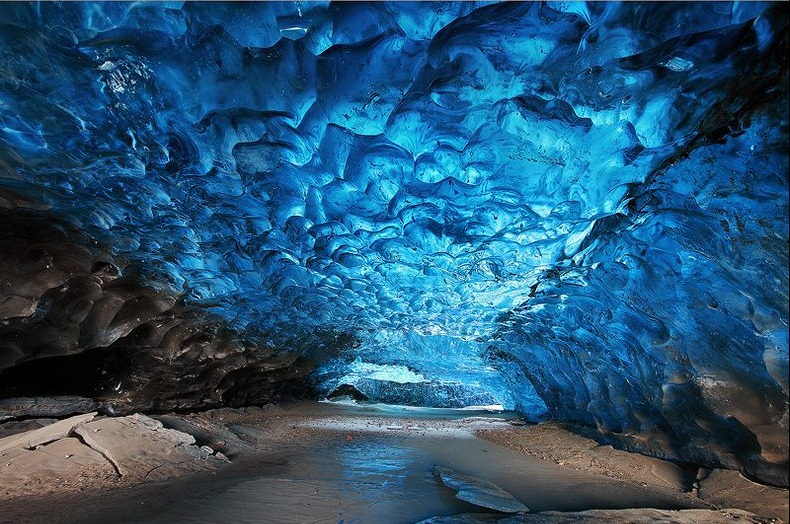There are many theories on the mystery, although there is little to no evidence to support any of them. Some hypothesize that a unique gravitational pull in this particular area caused the trees to grow curved northwards, but this theory does not hold up to basic scientific scrutiny given that gravity pulls things downward and not at a curve. Others guess that the heavy snowfall in the area weighed down the trees as they were sprouting, causing them to grow crookedly at the base, but this theory does not explain why other groups of pine trees and assorted vegetation in the same area were not affected. Some suspect that the trees were grown for the rims of wooden cartwheels as the grain direction would have produced very tough wheels. The most widespread and most likely explanation is that local farmers planted and manipulated the trees when they planted them in 1930, but it is estimated that the trees were seven to ten years old when they experienced the force that resulted in trunk curvature. when they experienced the force that resulted in trunk curvature.

The Crooked Forest is a grove of 400 oddly shaped pine trees located near the town of Gryfino, West Pomerania in Poland. The pine trees were planted around 1930 when its location was still within the German province of Pomerania.
From the base, the pine trees grow with a 90-degree sharp bend northward, but then curve back to grow straight up into the sky. Despite the unnatural curves bending three to nine feet sideways at their bases, these trees are generally healthy and grow up to 50 feet tall.
Were the trees intentionally altered local farmers? Did the trees naturally bend northwards? Many people have been trying to find an answer to this mystery, but since the town of Gryfino was largely abandoned between the early stages of World War II until the 1970s, the people who were there before the war and probably had the answer to the mystery of the Crooked Forest are now likely gone forever.
For more information :









